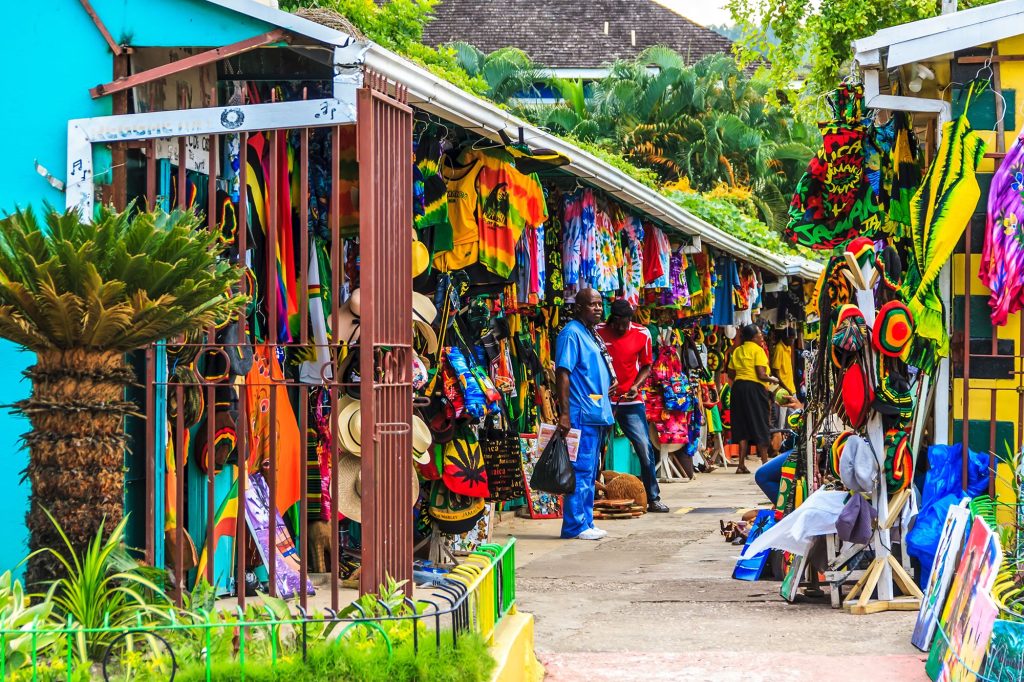Rich Jamaican Culture is a bright island in the Caribbean Sea. It stands out for its rich cultural mix. This mix comes from many different roots. There are African, European, and native Taino influences. Jamaica’s cultural identity is an exciting blend of traditions. It includes music, dance, food, and language. Each part adds to its unique and vibrant nature.
Historical Background
African Influence
The African influence on Jamaican culture is strong. It started with the slave trade. Africans were brought to the island by force. They carried many traditions, languages, and customs. These have shaped Jamaican society greatly. Today, African heritage shows in music, dance, language, and religion.
European Influence
The Europeans, mainly the British colonizers, also left a big mark. British customs, language, and laws became part of Jamaica. Even after independence in 1962, many British impacts remain. This includes education, law, and politics.
Taino Heritage
The native Taino people were the first on the island. Much of their culture was lost when Europeans came. But their legacy still exists in place names, farming practices, and some folklore.
Read More: A Day with Kozu in Japanese 10k Celebration
Music: The Heartbeat of Jamaica
Reggae and Dancehall
Jamaica is world-famous for its music styles, especially reggae and dancehall. Reggae has slow, catchy beats and lyrics about society. It became big across the world through stars like Bob Marley, Peter Tosh, and Jimmy Cliff. Dancehall is a faster, more energetic type of music. It started in the late 1970s and is now a major force in global music.
Traditional Folk Music
But Jamaica also has a rich history of folk music, like mento, ska, and rocksteady. Mento is often seen as the start of reggae. It uses acoustic instruments and funny, joking lyrics. Ska and rocksteady came before reggae. They brought in the offbeat rhythm that Jamaican music is known for.
Dance: Showing Cultural Identity
Traditional Dances
Dancing is very important in Jamaican culture. Traditional dances like Kumina, Dinki Mini, and Bruckins show the island’s African roots. These dances are often done at cultural events and community gatherings. They have special movements and colorful costumes.
Modern Dance Forms
New dance styles like dancehall have also become famous around the world. Dancehall dancing has fast, sometimes bold moves. It has influenced dance styles and popular culture everywhere.
Cuisine: A Culinary Fusion
Signature Dishes
Jamaican food blends tastes from Africa, Europe, and the native Taino people. Some special dishes are jerk chicken, saltfish with ackee fruit, and curried goat meat. Bold spices and fresh foods make Jamaican cooking unique. People around the world love these flavors.
Street Food Culture
Street foods are a big part of Jamaica’s food culture. Popular street snacks are patties (meat pies), bammies (flat bread), and festival (sweet fried dough). Locals and tourists both enjoy these tasty, low-cost treats. They give a taste of Jamaica’s lively food scene.
Language: A Mix of Different Influences
Patois
Jamaican Patois is a special language that combines parts of English, African languages, Spanish, and Portuguese. It is unique to Jamaica and an important part of the island’s culture.
Standard English
While Patois is widely spoken, Standard English is Jamaica’s official language. English is used in formal settings like schools, government, and businesses because of Jamaica’s history as a British colony.
Festivals and Celebrations

Carnival
Carnival is a big event in Jamaica that people look forward to. It happens before Easter. There are colorful parades, music, and dancing. It shows Jamaica’s lively spirit and diverse cultures.
Independence Day
Independence Day on August 6th celebrates Jamaica’s freedom from British rule. There are national celebrations like parades, concerts, and cultural displays. They honor Jamaica’s journey to becoming its own country.
Reggae Sumfest
Reggae Sumfest is Jamaica’s biggest music festival. People who love reggae and dancehall come from all over the world. It happens every year in Montego Bay. Top artists perform, celebrating Jamaica’s reggae music culture.
Religion and Spirituality
Christianity
Many Jamaicans follow Christianity. Different Christian groups include Anglican, Baptist, Catholic, and Pentecostal. Churches are important in communities. They provide spiritual guidance and social support.
Rastafarianism
Rastafarianism started in the 1930s. It values African identity, justice, and African roots. Rastafarianism connects to reggae music, like Bob Marley’s songs.
Visual Arts and Literature
Art
Jamaican visual art is colorful and varied. Artists like Edna Manley, Albert Huie, and Barrington Watson are famous globally. Their artwork often shows Jamaican life, history, and landscapes.
Literature
Jamaican literature is also rich. Writers like Claude McKay, Louise Bennett-Coverley, and Marlon James contribute worldwide. They write about identity, diaspora, and Jamaican life’s complexities.
Conclusion
Jamaica’s culture is diverse due to its history. From music, dance, food to language – every part shows Jamaica’s vibrant spirit. As Jamaica grows, its cultural roots remain a source of pride inspiring people around the world.

